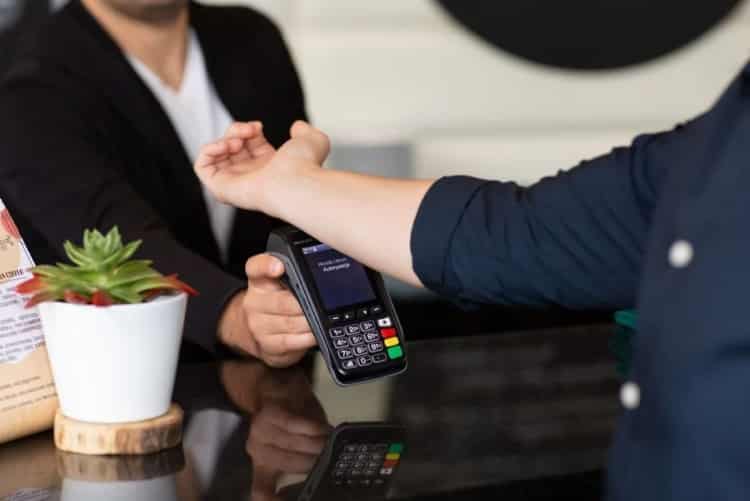Shop seamlessly with your hand’s implantable payment chip
Fri 15 Apr 2022
In the year 1998, a microchip was first implanted into a human, but it is only in the last decade that the technology has been available commercially. British-Polish firm, Walletmor, said that last year it became the first company to offer implantable payment chips.
“The implant can be used to pay for a drink on the beach in Rio, a coffee in New York, a haircut in Paris — or at your local grocery store. It can be used wherever contactless payments are accepted,” said founder and chief executive Wojtek Paprota.
The Walletmor’s chip weighs less than a gram and is slightly bigger than a grain of rice, and consists of a tiny microchip. It also has an antenna encased in a biopolymer — a naturally sourced material that is eerily similar to plastic.
Paprota added that it is entirely safe, has regulatory approval, works immediately after being implanted, and will stay firm in place. It also does not require a battery or another power source. The firm said it has now sold more than 500 of the chips.
The technology Walletmor uses is near-field communication or NFC, the contactless payment system in smartphones. Other payment implants are based on radio-frequency identification (RFID), which is a similar technology typically found in physical contactless debit and credit cards.
For many of us, the idea of having such a chip implanted in our body is an appalling one, but a 2021 survey of more than 4,000 people across the UK and the European Union found that 51% would consider it.
However, without giving a percentage figure, the report added that “invasiveness and security issues remained a major concern” for respondents.
Paumen says he doesn’t have any of these worries.
“Chip implants contain the same kind of technology that people use on a daily basis. From key fobs to unlock doors, public transit cards like the London Oyster card, or bank cards with contactless payment function. The reading distance is limited by the small antenna coil inside the implant. The implant needs to be within the electromagnetic field of a compatible RFID [or NFC] reader. Only when there is a magnetic coupling between the reader and the transponder can the implant can be read,” he said.
He adds that he is not concerned that his whereabouts could be tracked.
“RFID chips are used in pets to identify them when they’re lost,” he says. “But it’s not possible to locate them using an RFID chip implant – the missing pet needs to be found physically. Then the entire body gets scanned until the RFID chip implant is found and read.”
Back in the Netherlands, Mr Paumen describes himself as a “biohacker” – someone who puts pieces of technology into his body to try to improve his performance. He has 32 implants in total, including chips to open doors and embedded magnets.
“Technology keeps evolving, so I keep collecting more,” he says. “My implants augment my body. I wouldn’t want to live without them,” he says.
“There will always be people who don’t want to modify their body. We should respect that – and they should respect us as biohackers.”
Source: Agencies online news Dubai | Dubai online news | news UAE | UAE Tolerance | latest | breaking | current headlines | Dubai breaking today | UAE breaking news | Breaking news | today headlines | entertainment | Sports update | Technology | World | Science | History | new | Environment | Update | Travel | Latest news | news update | Business headlines

 Apr 19 2024
Apr 19 2024












